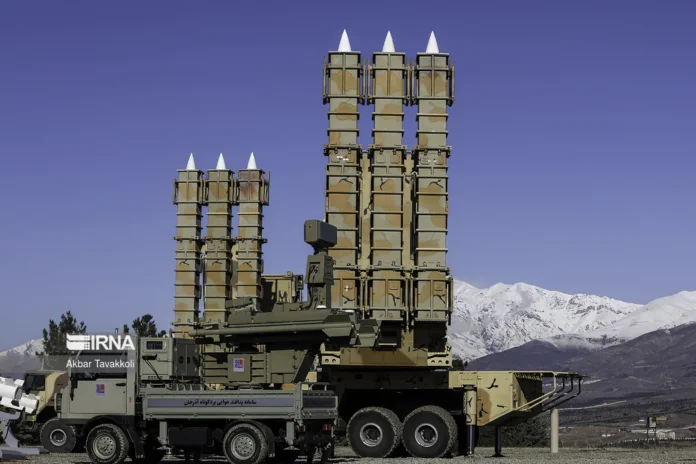In the aftermath of recent Israeli airstrikes on Iran, questions have arisen about the effectiveness of Iran’s air-defense capabilities.
The strikes on October 26 reportedly breached several Iranian radar and defense systems, revealing potential vulnerabilities in Tehran’s airspace defenses.
This incident has drawn attention to the extensive but aging and complex defense network that Iran relies on.
Despite possessing a range of air-defense systems, Iran has not been known for having a particularly robust or advanced air-defense strategy.
While it has invested in various locally made and imported systems, Iran has not faced a large-scale conventional threat to its airspace since the Iran-Iraq War in the 1980s.
Its air-defense strategy, largely a combination of imported and domestically produced technology, reflects an emphasis on quantity over quality.
Reports indicate that the Israeli strikes affected multiple Iranian defense systems, including four S-300 batteries purchased from Russia.
Initially acquired through an $800 million deal in 2007, these long-range systems were intended to bolster Iran’s defensive capabilities against advanced Gulf adversaries.
However, they may not provide the high level of sophistication required to counter fifth-generation air forces like Israel’s.
According to KAN News, the strikes compromised radar screens and “froze” them, effectively disabling Iran’s detection and interception abilities.
The S-300s are spread across strategic locations and are complemented by locally manufactured systems, including the Bavar-373, a long-range air-defense system developed in Iran.
The Bavar system, similar to the S-300 in design, reportedly uses advanced radar technology capable of tracking multiple targets at ranges up to 155 miles.
Iran’s domestic arsenal also includes various other air-defense missiles and systems such as the Sayyad, Raad, and Talaash, developed in recent decades as part of a broader effort to reduce reliance on foreign military imports.
Iran’s defensive strategy, however, faces limitations. Its air force, equipped primarily with aging aircraft, is not well-suited to counter advanced air threats.
In place of a strong air force, Iran has bolstered its defense through proxy forces in neighboring countries and a buffer zone created with pro-Iranian militias, particularly in Iraq.
However, when Israeli jets penetrated Iran’s airspace during the recent strikes, the gaps in Iran’s direct air-defense network were highlighted.
The October 26 attacks targeted several Iranian radar installations, including those near Tehran and in regions such as Ilam. According to reports, even advanced S-300 and other defense systems were impacted, limiting Iran’s ability to respond effectively.
Iran has continued efforts to modernize its air defenses. Recent advancements include the development of systems like the Arman, capable of detecting targets over 112 miles away, and the Azarakhsh radar system. Iran’s state media has frequently touted these advancements, claiming high levels of readiness and combat capability, especially on its northwestern borders.
In light of the recent breaches, Iran’s defense approach may face further scrutiny as it evaluates the resilience of its air-defense network. While Tehran has been proactive in fortifying its defenses, the latest events underscore the challenges Iran faces in matching the technological and operational capabilities of modern air forces.

